Beijing, Nanjing, Luoyang and Chang'an are the Four Great Ancient Capitals of China.
______________________________________________________________
Beijing 北京
Beijing is located in northern China, close to Tianjin Municipality and partially surrounded by Hebei 河北 Province. Beijing simply means "Northern Capital" and its name is derived from that.
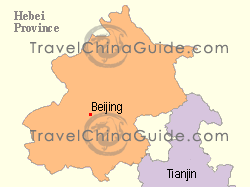
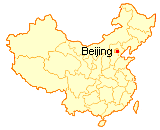
Beijing was the capital city of China particularly during the Ming Dynasty (1368-1644) and Qing dynasty (1616-1911). It was also the capital city for the Liao Dynasty (907-1125) and Jin Dynasty (1115-1234). It is still the capital city for the People's Republic of China.
______________________________________________________________
Nanjing 南京
Nanjing is located on the south bank of the Yangtze 长江 River and is the capital of Jiangsu 江苏 Province. Nanjing simply means "Southern Capital" and its name is derived from that.
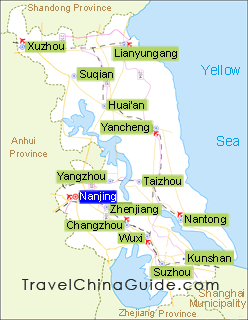
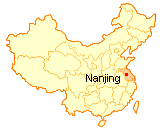
Nanjing was the capital city of city on many occasions particularly during Eastern Jin Dynasty (317-420 AD) and Southern & Northern Dynasties (420-589 AD).
_______________________________________________________________
Louyang 洛阳
Currently located in West of Henan 河南 Province. The origin of the name "Luoyang" is the city's location to the north of the Luo River 洛河. The river flows from west to east while the sun 太阳 is on south of the river, hence the sun shine is always on north side of the river. (洛河+太阳= 洛阳)
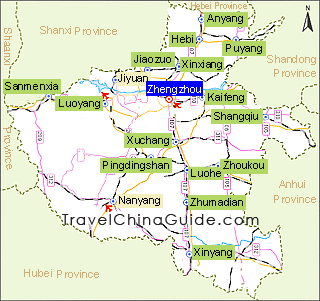
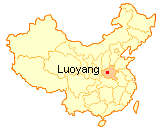
Luoyang was the capital city of China for several instances since Xia Dynasty (21st-16th century BC) in the 21st century BC, particularly during the Eastern Han Dynasty (AD 25-220), Western Jin Dynasty (265-317 AD), Sui Dynasty (581-618 AD) and Tang Dynasty (618-907 AD).
_______________________________________________________________
Chang'an 长安
Chang'an's actual location is 3 km northwest of modern Xi'an. Xian 西安 is the capital of Shaanxi 陝西 province, located in the southern part of the Guanzhong Plain. Chang'an literally means "Perpetual Peace" in Classical Chinese.
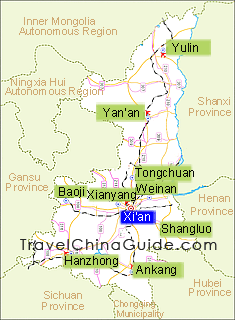
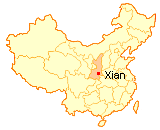
Xi'an has different names during its history. They are "Fenghao" (丰鎬) in the Zhou Dynasty (周) beginning around 1046 BC, Chang'an (长安) during the Han Dynasty (汉) in 206 BC, Daxing (大兴) during the Sui Dynasty (隋) in 581 AD, Fengyuan (奉元), then Anxi (安西), then Jingzhao (京兆) during the Yuan (元) Dynasty and finally named as Xi'an (西安) in the year 1369 AD during the Ming Dynasty. It was the capital city during Western Zhou Dynasty (11th century BC - 771 BC), Western Han Dynasty (206 BC –AD 23), Western Jin Dynasty (265-317 AD), The Sixteen Kingdoms (304-439 AD) and Tang Dynasty (618-907 AD).


No comments:
Post a Comment